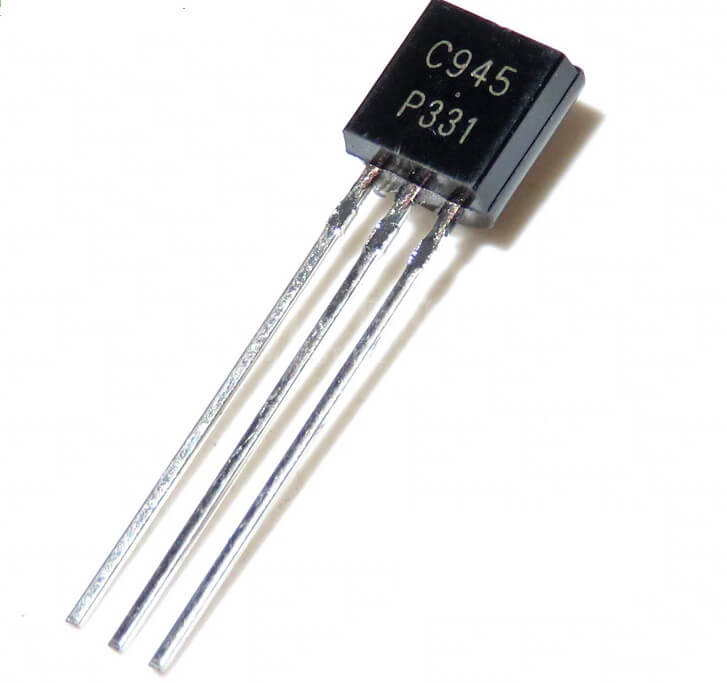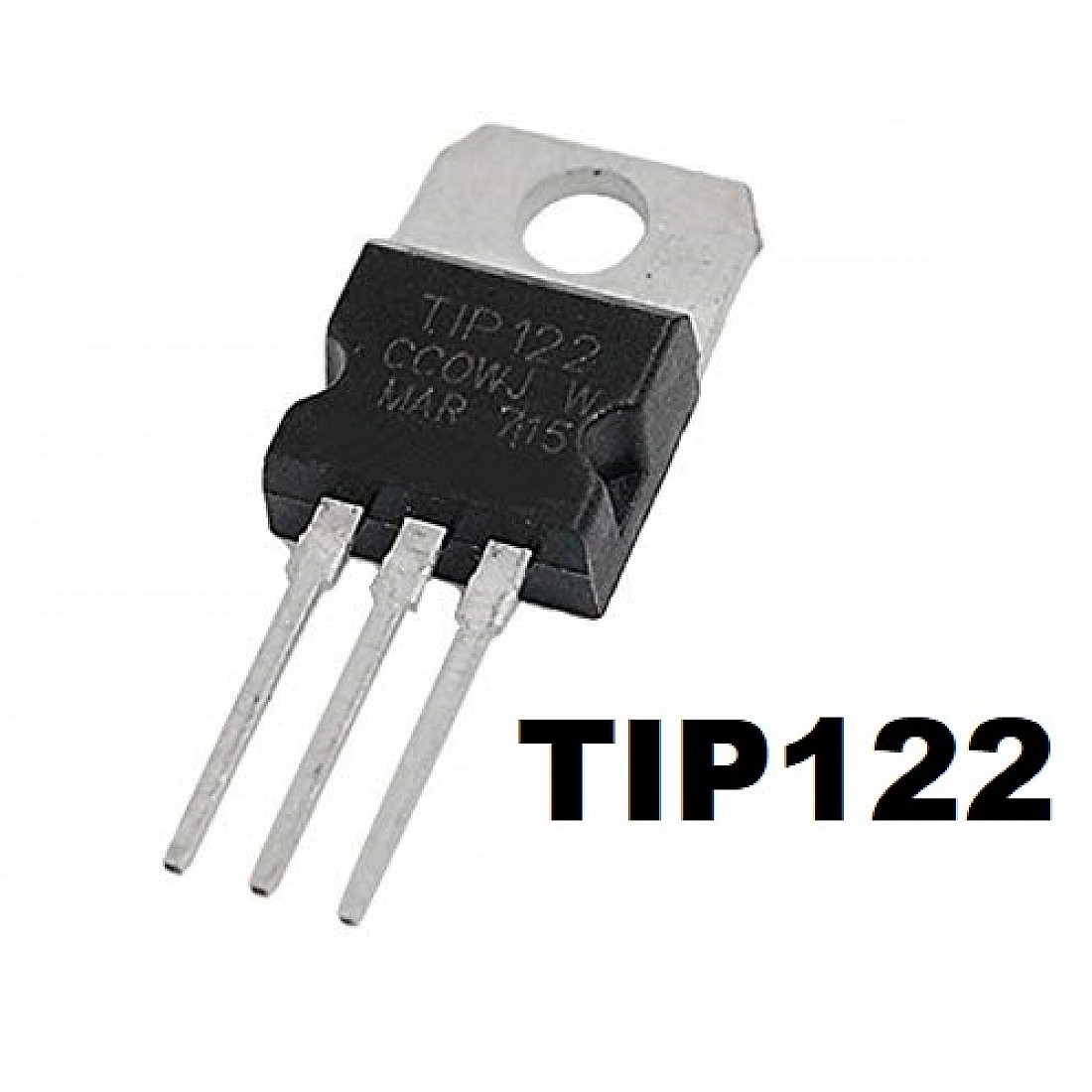

These are the commonly used methods of biasing in BJTs This process of applying a DC voltage source, which helps the transistor to function, is known as biasing.

This amplification is done using the energy supplied by the DC power source. Where if you apply a time-varying signal as an input, then it produces an amplified signal at the output. One of the most common applications of the BJT is to use it as an amplifier. The arrow shows the direction of the conventional current through the transistor. The figure above represents both NPN and PNP transistors. And in the saturation region, the transistor works as a switch. To use the transistor as an amplifier, we operate it in the active region. These transistors operate in three modes/regionsįor the cut-off region, the transistor remains at “OFF” state. BJTs are current control transistors with low input impedance, which allows a massive flow of current through the transistor. In PNP transistors, the direction of the current is from the emitter to the collector and is opposite for the NPN transistor. In N-P-N transistors, electrons are the majority charge carrier where else in P-N-P transistors, holes are the majority charge carrier. In an N-P-N transistor, a P-type doped semiconductor is placed in between two N-type doped semiconductors and vice versa. These transistors are further divided into two parts

It consists of three doped regions named as the base, emitter, and collector. Bipolar Junction Transistor: BJTs are the most common type of transistor and are present in nearly every electronic device.Now let us discuss the working of both of these transistors in detail For these types of transistors, the gate voltage controls the flow of current through the source and drain. In FETs, there are also three terminals, namely gate, source, and drain. In BJTs, a small amount of base current is responsible for controlling the large current at the collector end.

The wide length of this section allows it to collect the majority of the charge carrier that is supplied by the emitter of the transistor.īasically, there are two types of transistorsīoth of them have their own functionality with certain pros and cons. This section is moderately doped and has the longest width among all three sections. Collector: Collector serves as the positive end of the transistor.This section is always set as a forward bias. It is a highly doped section with a moderate width. Emitter: Emitter acts as the negative end of the transistor.This is the basic principle behind the usage of transistors as a switch. By controlling the amount of current in the base-emitter, you can control the current at the collector’s end. It forms two diodes circuits with the emitter and collector. The base is very thin and is always lightly doped. Base: The base of the transistor is located in the middle of the transistor.There are three terminals of a transistor Doping increases the conductivity of the semiconductor.
#Transistor free
Another type of doping is the P-type doping in which a free hole is created/injected for the movement of electrons. So an atom of phosphorus is injected between those silicon atoms, which creates a free electron in the system, and this process is known as N-type doping. There are no free atoms in the outermost shell for the conductance of electricity. In the case of silicon, each of the atoms is bonded with four neighboring silicon atoms. Modern transistors are made up of semiconductors like silicon. Let us now discuss the basics of transistors. Transistors can act as a switch with no moving parts also, they can amplify a weak signal. Modern transistors have a size in nanometers, and there are billions of them on a signal chip. On the other hand, transistors are a lot compact in size, and they consume way less power than a vacuum tube. These tubes were not only bulky, but they also consumed a lot of power, resulting in a less efficient overall system. Transistors had drastically revolutionized the world before transistors vacuum tubes were used. A transistor is an electronic component that is used in switching and for amplification of the electrical signals.


 0 kommentar(er)
0 kommentar(er)
